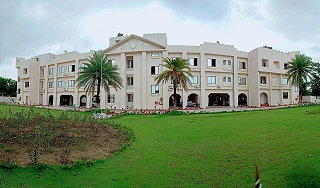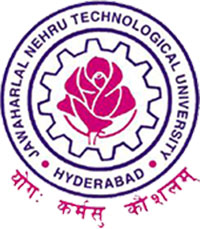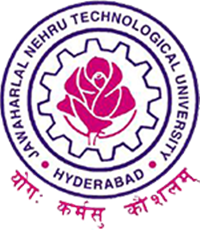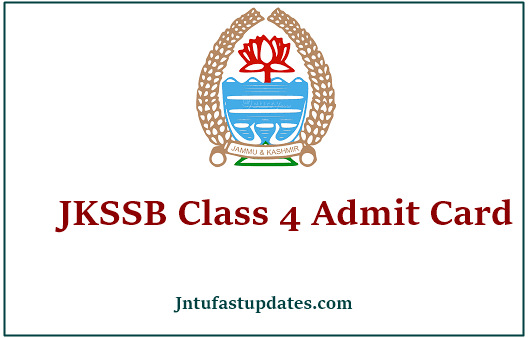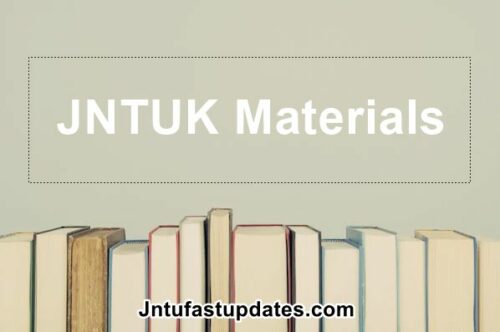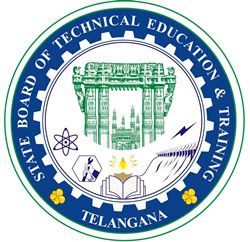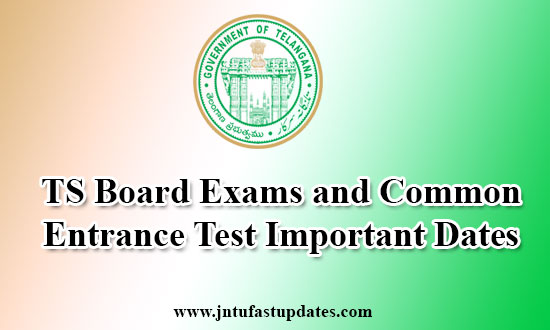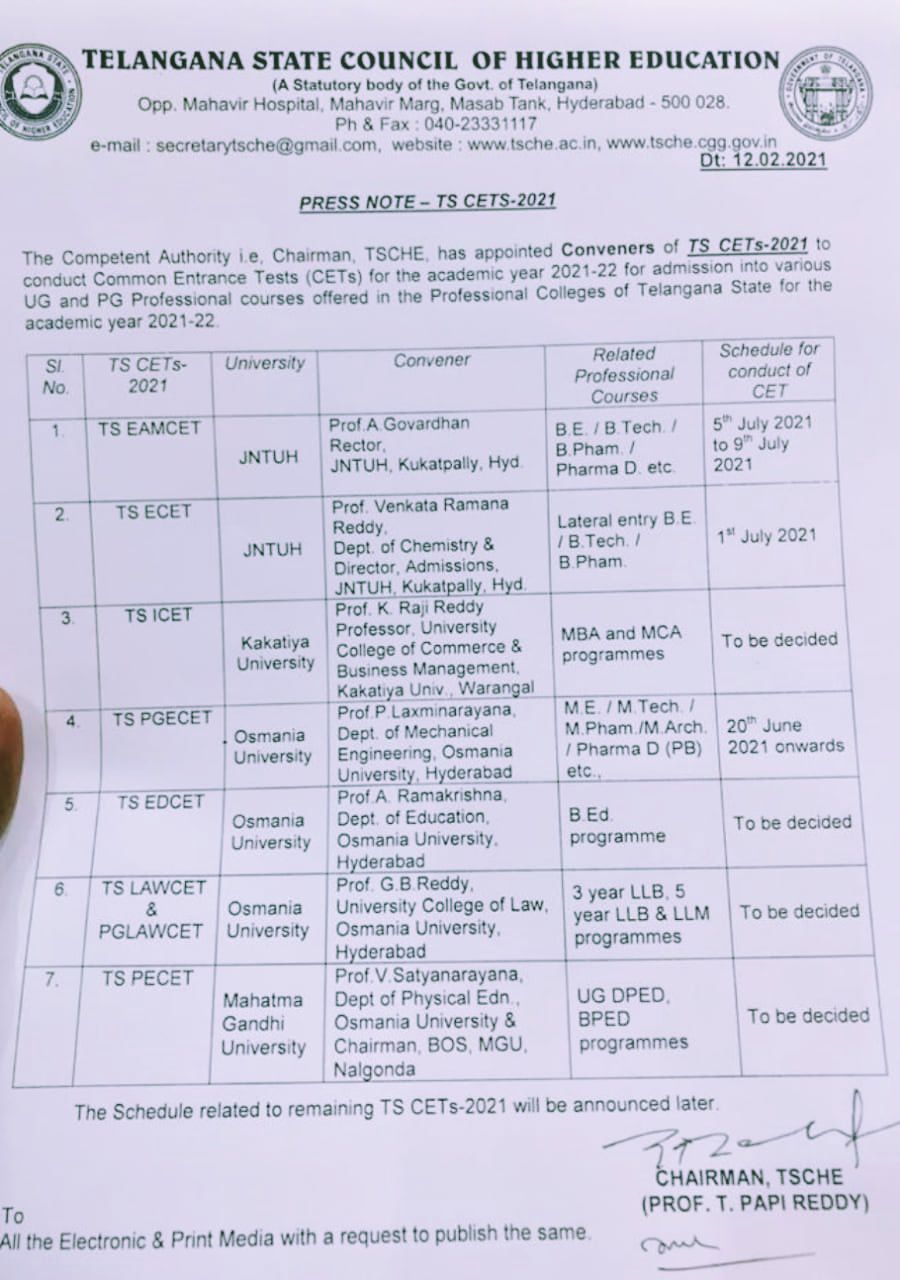TS Inter Model Papers 2021: The Board of Intermediate Telangana (TSBIE) is going to conduct the Intermediate examinations for both 1st and 2nd years Will held from 9.00 A.M. to 12.00 Noon from 01-05-2021 to 20-05-2021 every day. TS Intermediate exams for Science, Arts, Humanities, and other subjects will be held as per the scheduled exam time table. Students who are obtaining intermediate in TS can get ready to appear for the Jr. Inter and Sr. Inter exams. TS Inter exams will be conducted for all government and private college students at a time. TS Inter students have to show the best performance to get good marks in the exams. To offer the support for the students, here we are offering the TS Inter model papers of present year. Download the TS Inter model question papers simply with a mouse click and prepare well for the examinations. Students can also prepare well for the Intermediate exams by checking the old question papers, type of questions asked in the exams, complete exam pattern, and other details from it. There is a chance to clear the Intermediate examinations with highest score by preparing the previous papers. Here in this article we have given the complete information about TS Inter Model Paper 2021 1st and 2nd year, exam pattern, type of questions asked in the exams, and various other details.
TS Inter Model Papers 2021 Download 1st & 2nd Year @ tsbie.cgg.gov.in
Telangana State Board of Intermediate Education (TSBIE) is the Telangana State level education board to monitor the Intermediate education in the state. The department organizes the examinations, releases the results, monitors the quality of education, and operates on many areas related to Intermediate education. Every year TSBIE conducts the Intermediate examinations in the months of March-April and releases the results in the month of May. The timetables for the TS Intermediate examinations will be released in November/December months usually. Yearly, the student rate is remarkably raising in Telangana, and also the pass rate is raising at a proportional rate.
Also Check: TS Inter 1st Year Time Table 2021 | TS Inter 2nd Year Time Table 2021
TS Inter Question Paper 2021 – Important Details
| Name of the State | Telangana |
| Name of the Education Board | Board of Intermediate Examination Telangana (BIETS) |
| Name of the Class | Intermediate I year and II year |
| Name of the Subject | Languages, Sciences, Humanities etc. |
| Authority | BIE regulates and supervises the system of Intermediate education |
| Download Paper | TS Inter 1st & 2nd Year Model Paper 2021 All Subject Pdf Format |
| Official Website | tsbie.cgg.gov.in |
Download TSBIE Inter 1st & 2nd Year Model Question Paper 2021
TSBIE has released the Intermediate Time Table 2021 shortly for Intermediate 1st and 2nd years. The Intermediate exams will be conducted from 1st May, 2021. All the students who are pursuing Intermediate in various government and private collages in Telangana state can get ready for the Jr Inter and Sr Inter exams. Before going to attend the exams, students can prepare well for the exams.
Students can download TS Intermediate model papers from the TSBIE official website, tsbie.cgg.gov.in. The model papers provide reference for the students such that the students can understand the type of questions asked in the examination, pattern of the exam paper, and various other information from it. Aspirants undergoing the Intermediate in Telangana can download TS Inter model papers 2021 for Science, Humanities, Arts, and other subjects. The model papers are accessible here at the end of this article for the reference of aspirants.
Telangana Inter Model Question Papers 2021 For All Subjects PDF
Aspirants undergoing the junior and senior inter in TS can Download Manabadi, sakshi education, eenadu TS Inter 1st & 2nd Year Model Test Paper 2021 from this article. Students can download Sakshi Bhavita TS Inter 1st & 2nd Year model paper 2021 to prepare well for the examination. The TS Inter sample papers/old papers will be offered by various sources Sakshi Bhavitha, Eenadu Prathibha, and others. Candidates can download the TS Inter model papers and prepare well for the examinations to get a good score. Now, the students appearing for Intermediate exams in Telangana can check the TS Inter model paper for Jr Inter and Sr Inter from here.

320-x100(1).gif)
